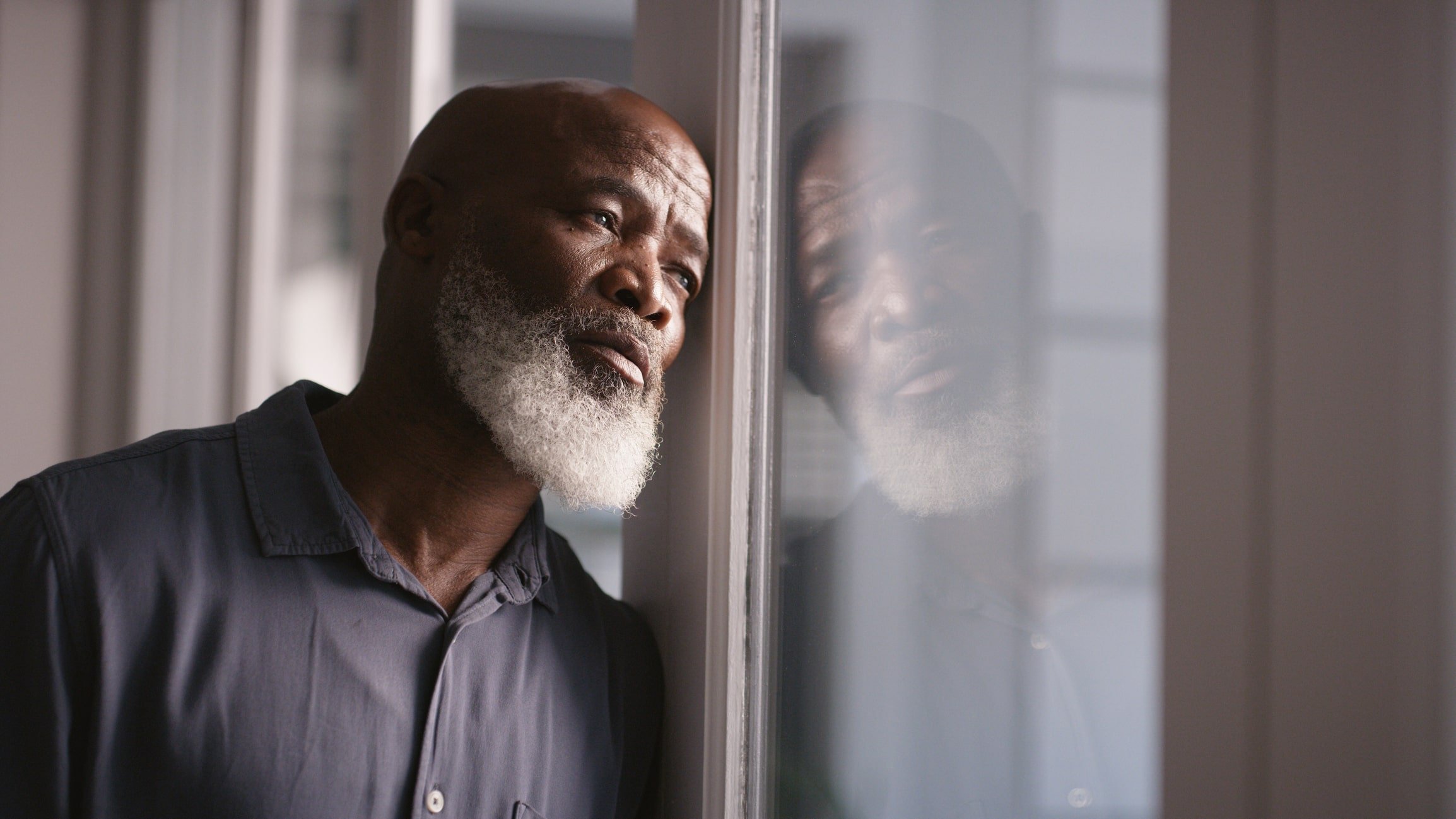Blog
Viewing posts tagged: The WellRight Emotional Wellness
Select Topic
Find out what’s new in wellbeing every week!

Nov 06, 2025
Attitude of Gratitude: The Science Behind Giving Thanks
.jpg)
Aug 07, 2025
Employee Burnout Signs: What to Watch For and How to Prevent It
.jpg)
Jul 03, 2025
Beyond Fitness Trackers: How Wellness Programs Build Human-Centric Leaders
.jpg)
Apr 25, 2025
Is EQ the New Career Insurance Policy? Why Wellness Programs Matter in the Age of AI

Apr 04, 2025
Anatomy of Workplace Stress: The Admin’s Operating Room Guide to Relief

Jan 30, 2025
10 Tips for Holding Difficult Conversations at Work

Dec 18, 2024
Is Compassionate Leave the Next Big Bereavement Solution?

Oct 30, 2024
Taking Off the Mask: Lean Into Authenticity at Work

Oct 09, 2024
Election-xiety: How the 2024 Presidential Race May Be Impacting Your Workforce

Oct 02, 2024
From Fast to Slow: How to Productively Slow Down in Q4

Aug 19, 2024
Top Ways to Empower Your Workforce During National Wellness Month

May 22, 2024
78% of Workers Live Paycheck to Paycheck: How Can Your Wellness Program Alleviate Money Anxiety?

May 21, 2024
Beyond the Basics: Creating an Inclusive Bereavement Policy

May 01, 2024
The Path to Psychological Safety at Work

Apr 03, 2024
It’s Stress Awareness Month: Are Your Managers Getting the Help They Need?
